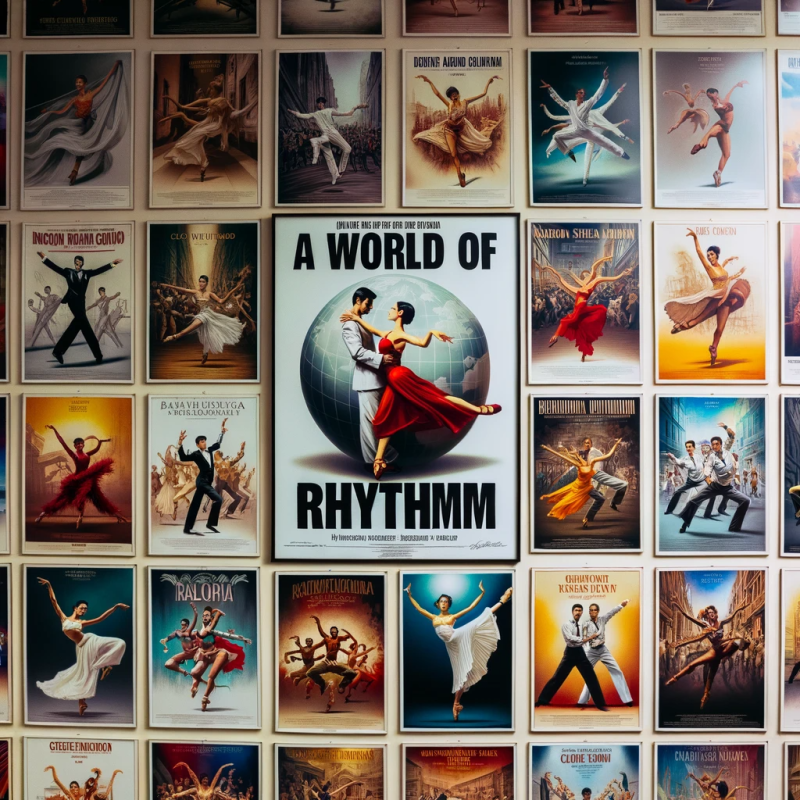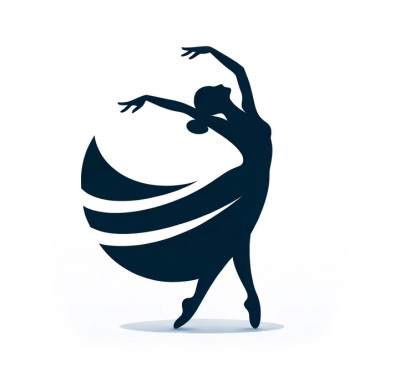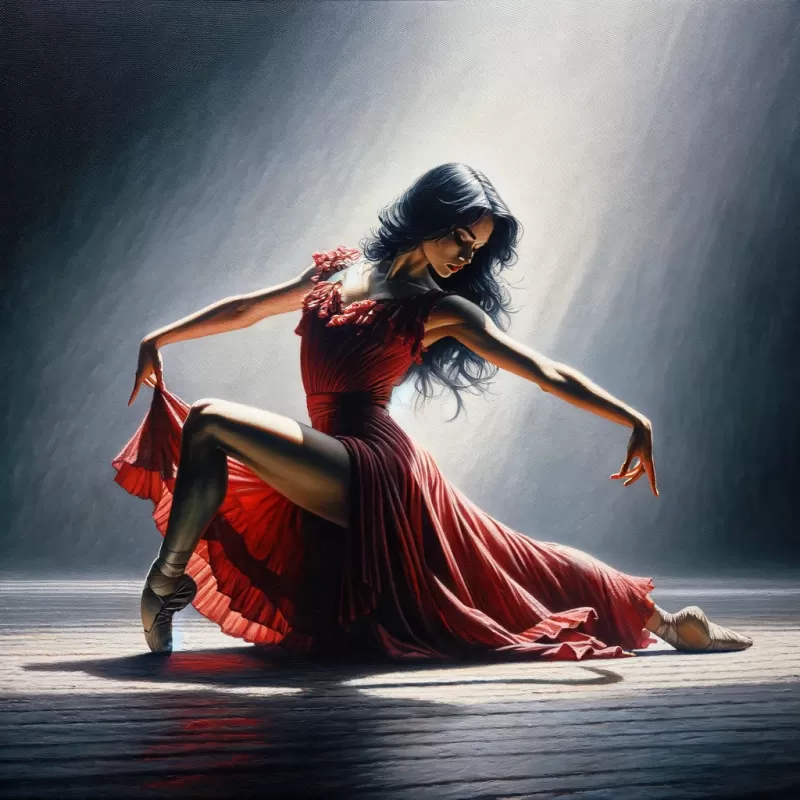A World of Rhythm: Exploring Different Dance Styles
Published on October 20th 2023, 9:56AM Last modified on October 24th 2023, 11:14AM
Dance is a universal language, a form of expression that transcends boundaries and cultures. From the passionate flamenco of Spain to the rhythmic beats of African tribal dances, each style tells a story. Let's embark on a journey across continents and eras to explore some of the world's most captivating dance styles.
1. Ballet:
Originating in the Italian Renaissance courts of the 15th century, ballet is a highly technical dance form with its terminology and techniques. It later developed in France and Russia into a concert dance. Known for its grace and precision, ballet often tells a story using fluid movements and expressive techniques.
2. Hip Hop:
Born in the streets of New York in the 1970s, hip hop is more than just a dance form; it's a cultural movement. Characterized by its freestyle nature and breaking, locking, and popping techniques, hip hop is a dynamic and energetic dance style.
3. Salsa & Bachata:
With roots in the Caribbean, especially Cuba and Puerto Rico, salsa is a lively partner dance known for its spicy moves and rhythmic beats. It's typically danced to eight-beat music, with dancers moving on three beats, pausing for one, then dancing for another three. Close on its heels is the romantic Bachata from the Dominican Republic. This sensuous dance emphasizes close embrace and rhythmic hip movements, often danced to soulful tunes speaking of love and heartbreak.
4. Argentine Tango:
Emerging from the bustling neighborhoods of Buenos Aires in the late 1880s, Argentine Tango is more than just a dance; it's a poignant expression of history, emotion, and culture. Born at the intersection of European, African, and local rhythms along the Río de la Plata, this passionate dance is marked by its close embrace, intricate footwork, and the deep, unspoken connection between dancers. Every step and pivot in tango tells a story, a silent conversation where dancers lose themselves in the haunting strains of the bandoneon and the intimate rhythm of two hearts moving as one. Today, its global allure resonates in dance halls across continents, a testament to tango's timeless magnetism.
5. Flamenco:
Hailing from the Andalusian region of Spain, flamenco is a vibrant solo dance characterized by hand claps, footwork, and intricate hand, arm, and body movements.
6. Bharatanatyam:
One of the oldest classical dance forms of India, Bharatanatyam is a traditional dance that tells stories through intricate footwork, hand gestures, and facial expressions.
7. Swing:
Originating in the 1920s in the US, swing dance is a vibrant and diverse group of dances that developed alongside the swing style of jazz music. The term “swing dance” is a comprehensive umbrella that encompasses a myriad of styles from the Lindy Hop, Jive, and Boogie-Woogie, to the Balboa, Bal-swing, and East Coast swing. Moreover, the world of swing includes other captivating styles such as the St. Louis shag, Collegiate shag, Carolina shag, Texas Push, D.C. Hand dance, West Coast swing, Rodeo swing, and more. Energetic, fun, and deeply rooted in jazz rhythms, swing dancing offers a rich tapestry of movements and expressions. In this article, we delve into the techniques and nuances of these varied swing dance forms, celebrating their unique histories and characteristics.
8. Belly Dance:
Often associated with the Middle East, belly dance is characterized by its complex torso articulations. It's an expressive dance form, often performed solo, emphasizing the intricate movements of the hips.
9. Tap Dance:
Known for its distinctive sound, tap dancers use their feet like drums to create rhythmic patterns. It has its roots in a combination of several percussive dances, including African tribal dances and Scottish, Irish, and English clog dances.
10. Ballroom:
An umbrella term for a variety of partner dances, ballroom dance includes styles like the Foxtrot, Waltz, Rumba, and Cha-Cha. It's elegant and often competitive, with dancers moving in perfect harmony.
11. Line Dancing:
Popular in country-western dance venues, line dancing involves individuals dancing in lines to choreographed steps. No partner is needed, making it a communal and inclusive dance experience.
In conclusion, dance is a reflection of history, culture, and the human spirit. Each style is unique, offering a glimpse into the soul of its origin. Whether you're a seasoned dancer or a curious beginner, there's a dance style out there waiting for you to explore.
Note: If your favorite dance style wasn't mentioned in this article, please don't be disheartened. There's a vast world of dance out there, and we aim to explore it all in upcoming posts. Stay tuned for more insights and deep dives into the diverse and enchanting realm of dance!





Comments (0)